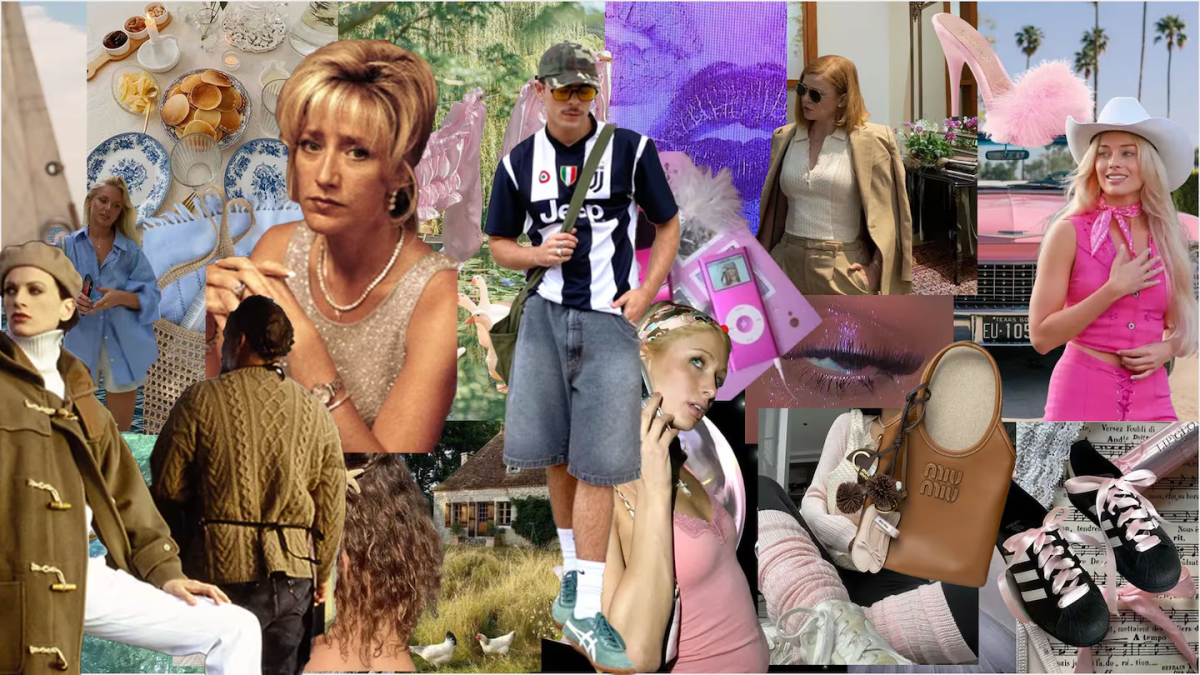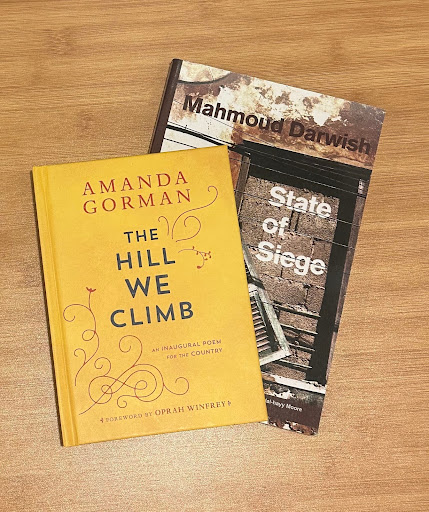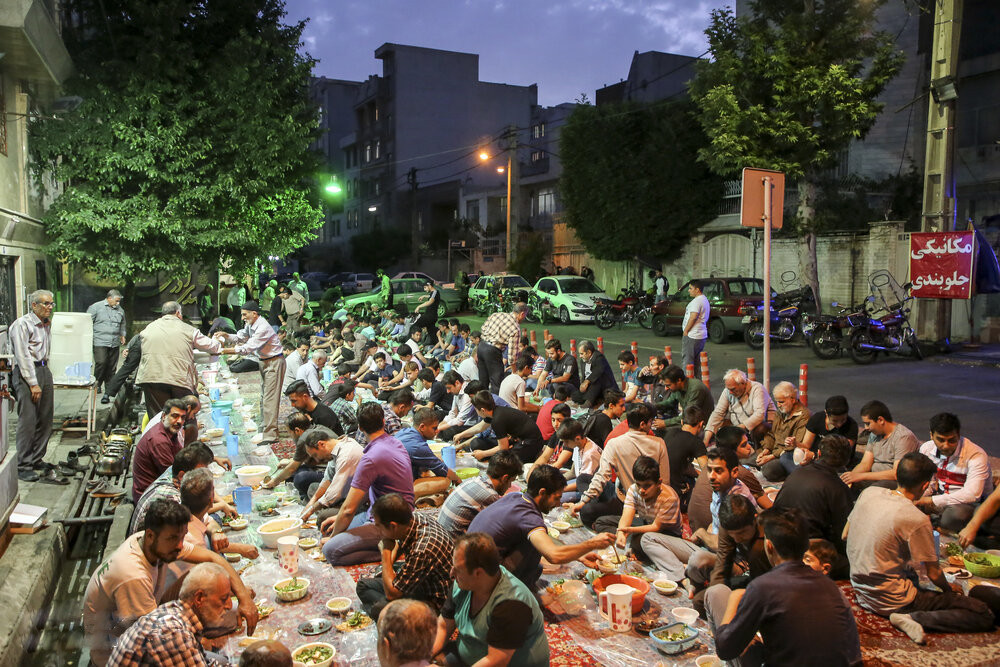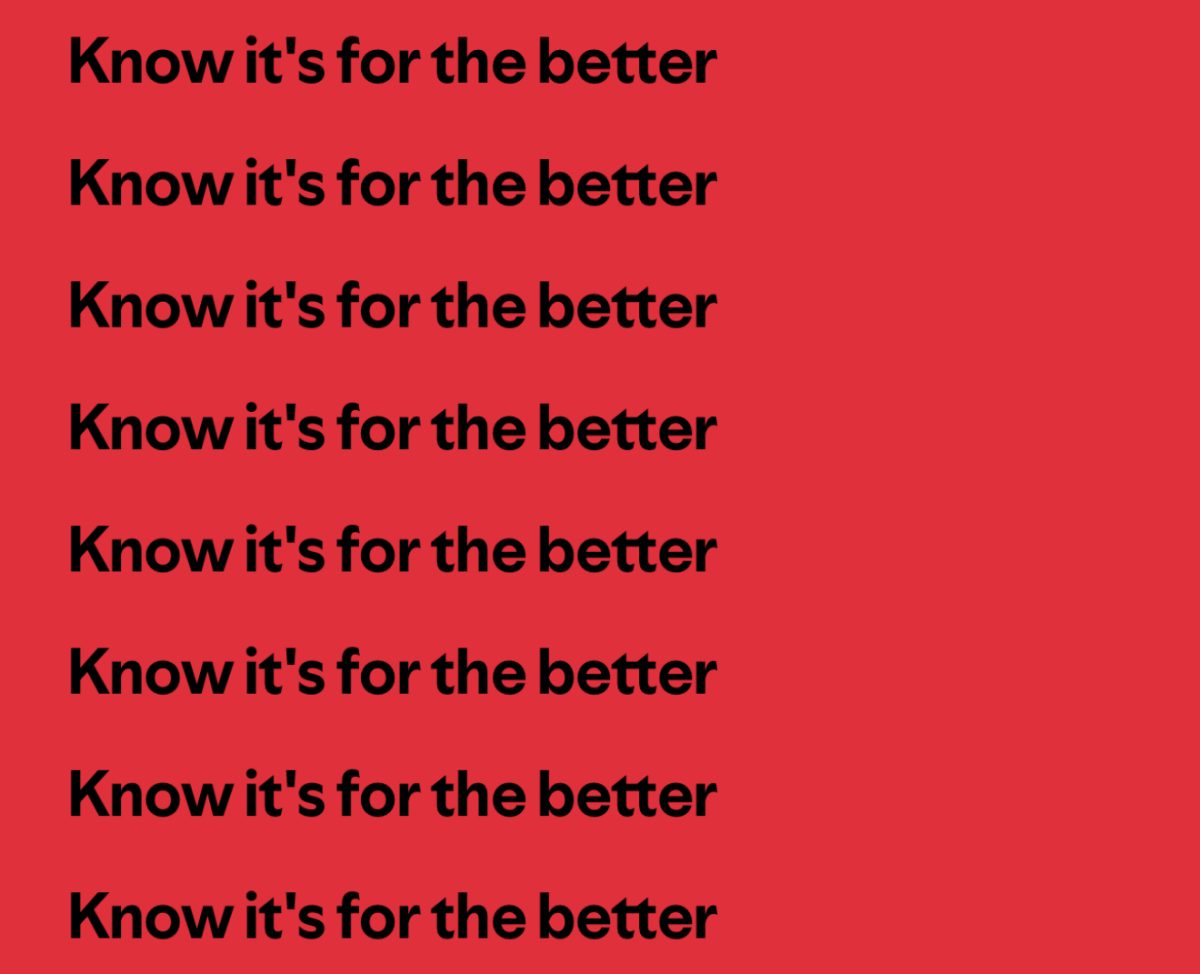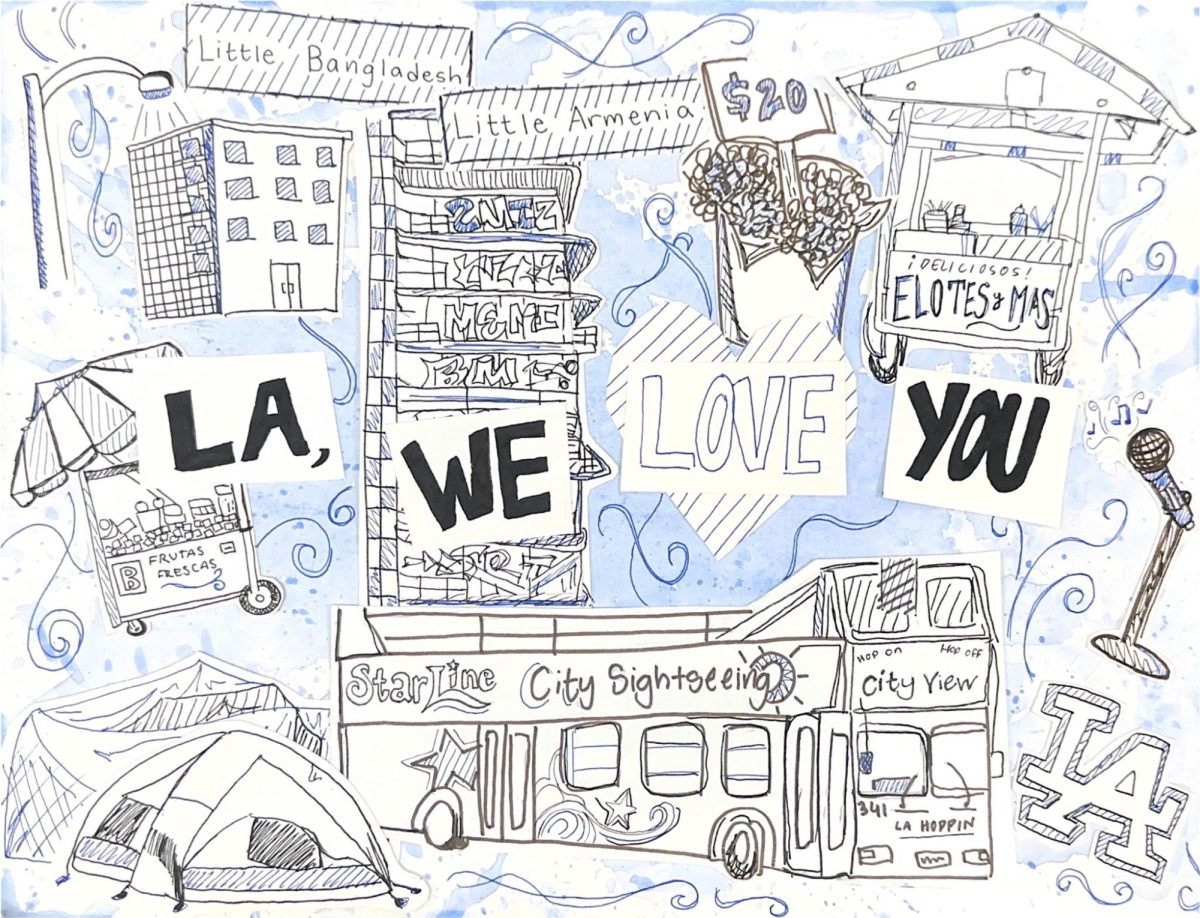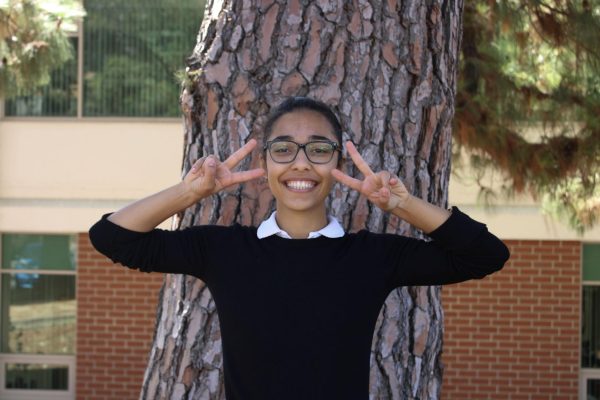When the class of 2025 first stepped into high school in 2021, the world was still finding its footing after a global shutdown due to the COVID-19 pandemic. The echoes of lockdowns and remote learning lingered, and for many incoming freshmen at the time, high school bagan not with a bang, but with a cautious, masked, and slow return to normalcy.
Making friends felt awkward, and everyone was still recovering from two years of isolation. Even in an unfamiliar space though, something familiar started to reappear—trends. At first, trends began by just showing up on screens. Then, slowly, they shaped what students wore, how they talked, and what they brought to school. “I didn’t really know what my style was before, I was just wearing whatever looked trendy. Trying different trends that I liked, like the ‘office siren’ and the ‘Sade’ aesthetic helped me find a specific style, made me feel more put together, and has also helped my friends discover their own aesthetics,” senior Alexis Ramirez said.
By junior year, Stanley cups were everywhere, and micro-trends like “clean girl,” “grunge,” or “coquette-core” started to shape how students dressed—even under a dress code. Trends weren’t just things students copied; they became tiny acts of self-expression-ways to explore who students were, or at least who they thought they might be. Some say that these microtrends only fueled consumer culture, but they were also conversation starters.
“What color is your Stanley?” “Are you a more soft girl or downtown girl?” It sounds silly, but in reality, those little things helped us connect. “I’ve connected with others through the sock curls/heatless curls trend,” senior Emily Gevorgyan says. “I saw it a lot on social media and thought—why not try this? I got compliments, and it became a fun conversation starter.” And sure, trends like these came and went, but they were little moments that made high school feel like ours.
To parents, maybe trends felt like just another “It’s not a phase, Mom!” moment. Or a déjà vu—seeing trends from their own youth reappear in ours. “I’ve kept my daughter from being consumed by different trends like unnecessary skincare or TikTok clothing hauls,” one senior’s parent, Elina Beglaryan, said. “I try to protect her from making useless purchases that just end up in the trash—but at the same time, I know it’s part of growing up.” Teachers noticed these developments, too.
“I’ve seen so many trends over the years,” AP Language and Composition teacher Dr. Pruitt said. “From BeReal to TikTok slang that’s constantly changing, I’ve witnessed the change of different trends throughout the years. It helps me understand students better, and communicate with them on another level.” In a way, teachers adapted with us. By learning the slang, recognizing the jokes, or laughing along at the trends, they met us halfway.
Looking back, it wasn’t just the trends that defined high school years—it was what they represented. They were bridges between the past and the present, moments of self discovery, and even ways to survive when everything around us was changing so quickly. As students prepare to graduate and pursue their dreams, the trends will leave. The connections and lessons built through them, however, will last forever. In the end, it wasn’t about the cups, the apps, or the movies–it was about how they made them part of students’ journey.



